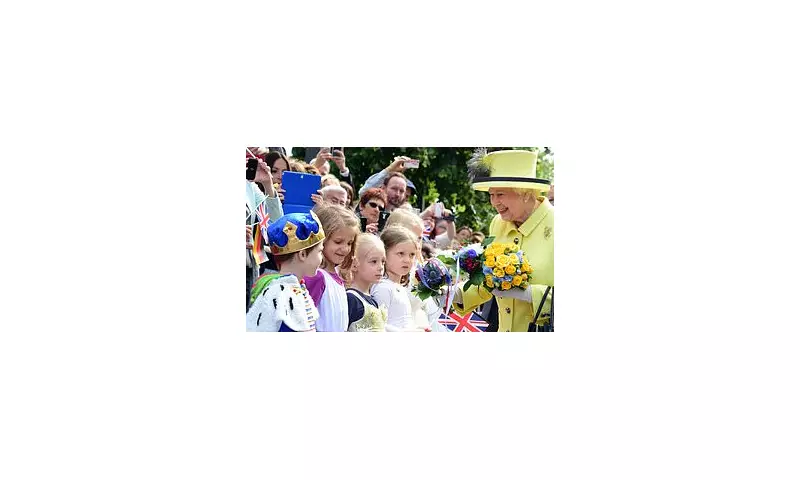
In what would become her final diplomatic performance on the world stage, Queen Elizabeth II demonstrated the subtle political artistry that defined her seven-decade reign, according to newly examined details of her last state visit.
A Sovereign's Farewell
The late monarch, then 96, hosted what would unknowingly become her concluding state visit at Buckingham Palace—a carefully choreographed display of soft power that showcased her unparalleled experience in international relations. Despite visible mobility issues that saw her using a walking stick, the Queen's strategic presence and meticulous planning revealed a leader fully engaged in shaping Britain's global relationships until her final days.
The Art of Royal Diplomacy
Insiders note that every element of the visit was intentionally designed to maximise diplomatic impact. From the selection of venues to the timing of appearances, the Queen employed what royal experts describe as "the diplomacy of presence"—using her symbolic power to reinforce political messages without uttering a controversial word.
Key elements of her final diplomatic strategy included:
- Strategic positioning during ceremonies to maintain visibility while accommodating health limitations
- Carefully selected moments of personal interaction with visiting dignitaries
- Meticulous attention to ceremonial detail that underscored Britain's diplomatic traditions
- The symbolic use of Buckingham Palace's most impressive state rooms
The Unspoken Influence
What made this final visit particularly remarkable was how the Queen managed to project authority and stability despite her physical constraints. Royal commentators observed that her mere presence in certain settings sent powerful messages about Britain's commitment to international partnerships during a period of global uncertainty.
"She understood better than anyone that sometimes the most powerful statements are made without words," noted a palace source familiar with the arrangements.
A Legacy Forged in Protocol
The meticulous planning behind these final engagements reflected a lifetime of diplomatic experience. Having witnessed enormous global changes and advised by fifteen prime ministers, the Queen brought historical perspective to every interaction that no elected official could match.
Her approach combined traditional ceremony with modern relevance, creating diplomatic opportunities that formal political meetings could never achieve. The relationships fostered during such visits often paved the way for trade agreements and political cooperation that would develop years later.
The End of an Era
This final state visit now stands as a poignant conclusion to a reign defined by quiet influence and steadfast service. It demonstrated that even in her final months, the Queen remained a formidable force in British diplomacy, using her unique position to advance the nation's interests on the world stage.
The carefully preserved traditions of state visits, perfected over seven decades, provided continuity and stability—qualities that became increasingly valuable in a rapidly changing political landscape. Her successor King Charles III now inherits this delicate balancing act of ceremonial tradition and substantive diplomacy.





